Rachel Romu
is
Changing the Conversation Around Disability and Fashion
Standing tall and powerful at five feet 11 inches, perfect frame, long blond hair, intelligent in expression, and proudly carrying a cane–her weapon for change–, it was regal. We were looking at Rachel Romu, FORWARD’s first-ever cover story. Rachel Romu, an ex-high performance athlete, turned fashion model following a battle with a spinal tumour and diagnosis with Ehlers-Danlos Syndrome.
It feels like it was only yesterday when we first sat down with Rachel Romu, discussing the cover story, over a coffee at a Second Cup by the annex in Toronto.
She had just begun in the fashion industry, but her passion for bringing visibility of the disabled community to the standard parts in fashion had already enrooted. She took modelling as a means to reconnect with her body when she first decided in 2016. Romu later signed with Peggi LePage and Plutino Models in 2017 and took it more professionally.
Since then, Romu has carved a place for herself in the industry. She has furthered her advocacy for the disabled both on and off the runway while also growing professionally.
Romu has never ceased to amaze us with her drive, fight for her stand, and inspire us to move forward. We bring her back to discuss her experiences as a disabled model in the fashion industry and how she is changing the conversation around disability visibility in fashion.

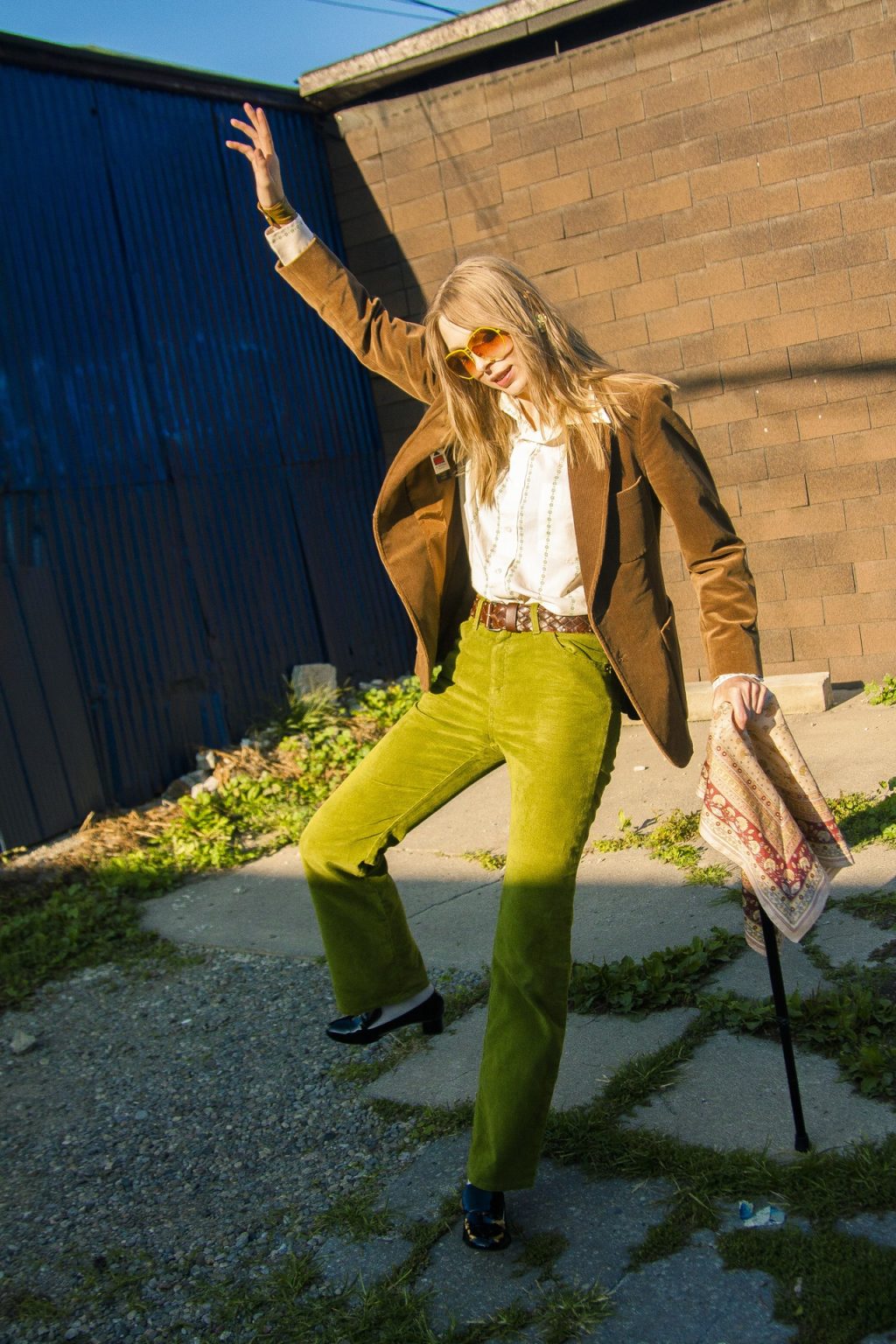
What inspired you to be a model in the first place?
Initially, I wanted to have pictures where I felt proud of my body after all I’d been through health-wise. But once I’d seen that spread in Interview Magazine where Kylie Jenner put on a mobility device like it was a mere costume, I knew I wanted to be part of steering our narrative–the disabled community’s narrative–in fashion.
Besides modelling, what do you do?
I compose and produce music, consult on accessibility and adaptive fashion, and write for a few publications.
What does representation mean to you?
Representation means seeing oneself visibly and having our voices included in the processes behind the scene.
Tell us your experience as a disabled model in the fashion industry.
As a disabled model, I’ve been lucky to have more good experiences than bad ones. My agents do an incredible job advocating for me and pushing open doors to places and gigs that weren’t initially looking for a disabled person in the first place. There have been some moments that felt like an impossible mountain to climb, but with the support of my team, I’m on my way to the summit.
Define ableism, according to you?
Ableism is the systemic oppression and social exclusion of disabled people from society. It impacts us vocationally, personally, and medically.
Fashion is rooted in ableism. What can the industry do to be more representative?
For fashion to become more representative, the industry must realize that disabled consumers are valuable. Designing not only campaigns but entire lines with that in mind opens up great fashion to a portion of the population that are otherwise forgotten.
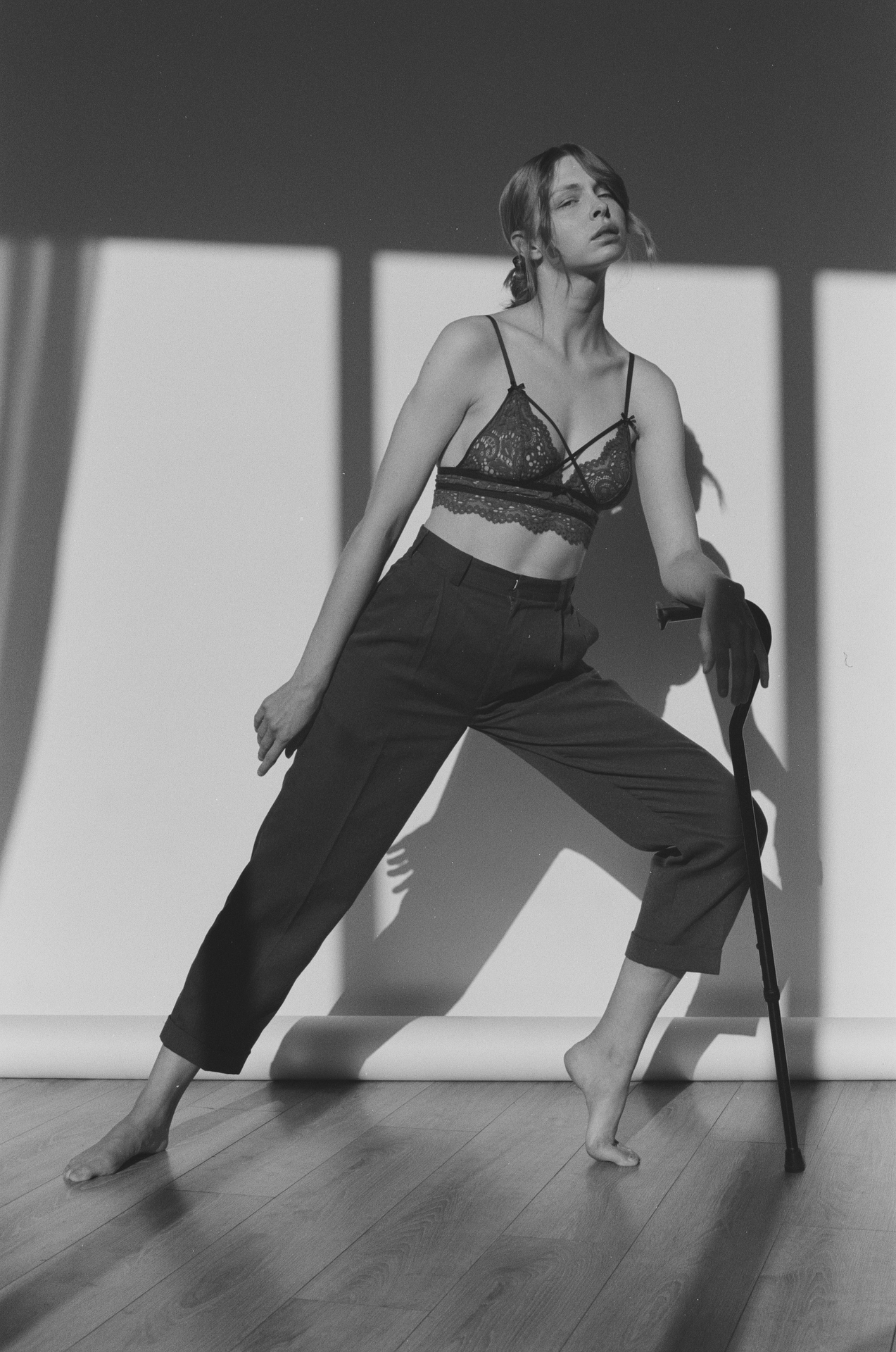
How and why is the inclusion of disabled bodies within fashion and beauty important?
Beauty goes beyond the norms we’ve all internalized based on what we’ve been shown for most of our lives. It is important to include disabled people in fashion and beauty because there is beauty in everyone, and everyone deserves to feel beautiful.
How can fashion destigmatize disabilities without tokenization?
Destigmatization moves beyond tokenization– when the visibility of disability and adaptive designs become a normal part of the industry instead of a novel part.
Fashion has a part to play in diversity, inclusion, and equity–how and why?
Fashion, as an art, is a way in which we create conversation. It has a role to play in diversity, inclusion and equity as these conversations reflect real life. Society is not monolithic, and the fashion industry should reflect that.
How is the fashion industry changing right now–in Toronto and globally?
More than ever, consumers have the power to vote with their dollars in the fashion industry. The increased ease with which one can build one’s platform means that we can bypass the traditional gatekeepers–for instance, stores are not the only place to buy, or fashion shows aren’t only at fashion weeks. More brands are carving their own lane, thinking more about what their consumer is looking for and less about the standards of the institution of fashion.
When it comes to the conversations around disabilities–
Adaptive fashion is finally gaining attention within the mainstream industry. Until recently, adaptive fashion overall wasn’t fashion-forward and mostly ignored, but designers now realize that disabled people want the same things as abled consumers – to be stylish.
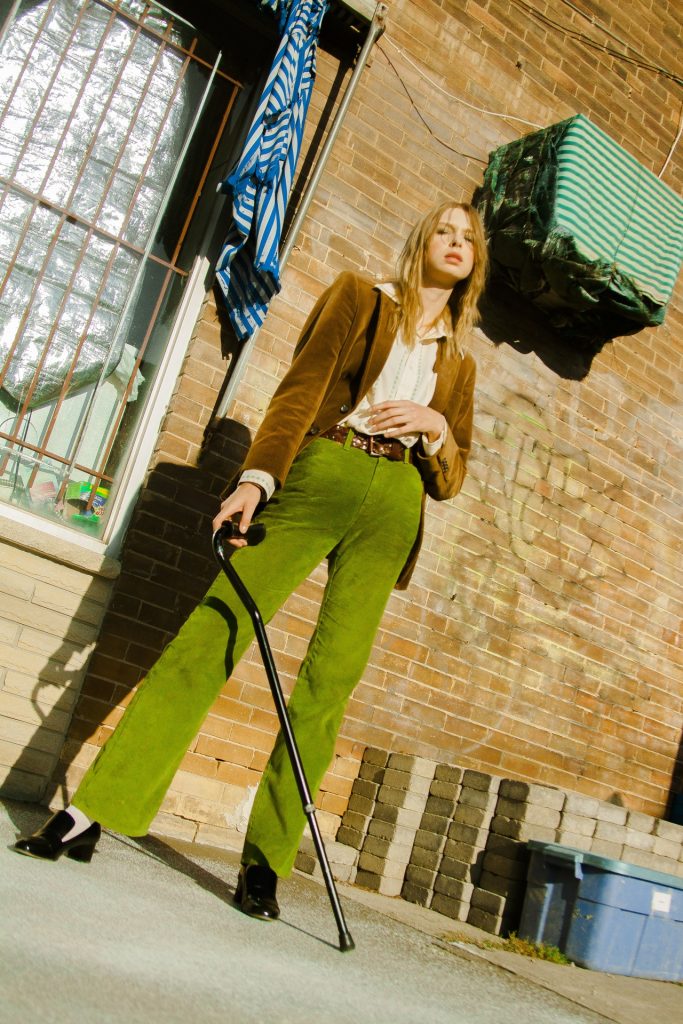
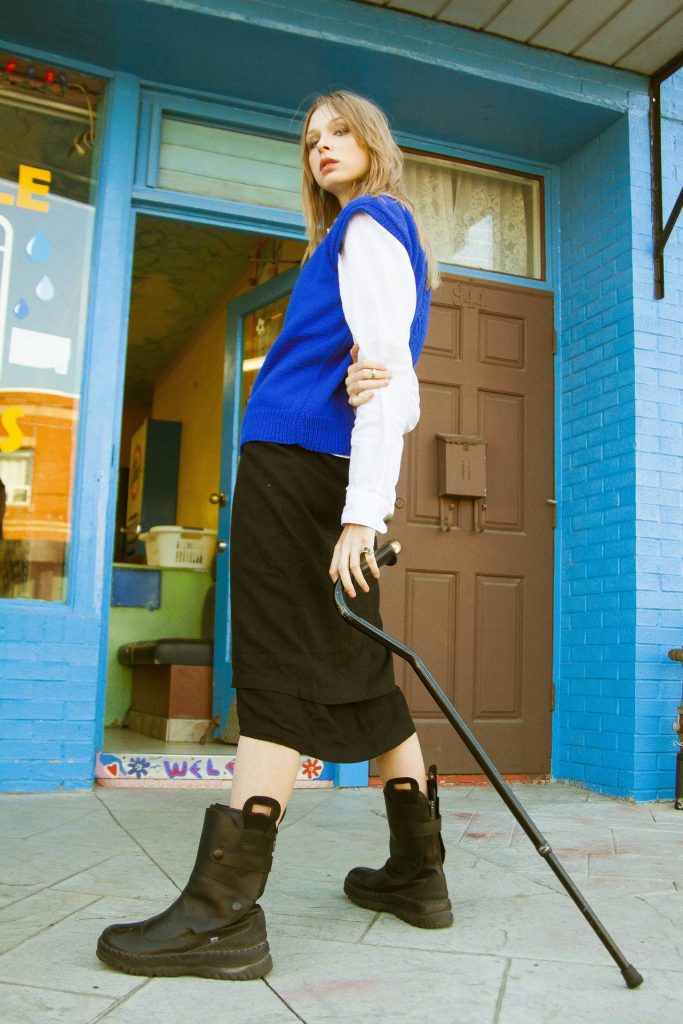
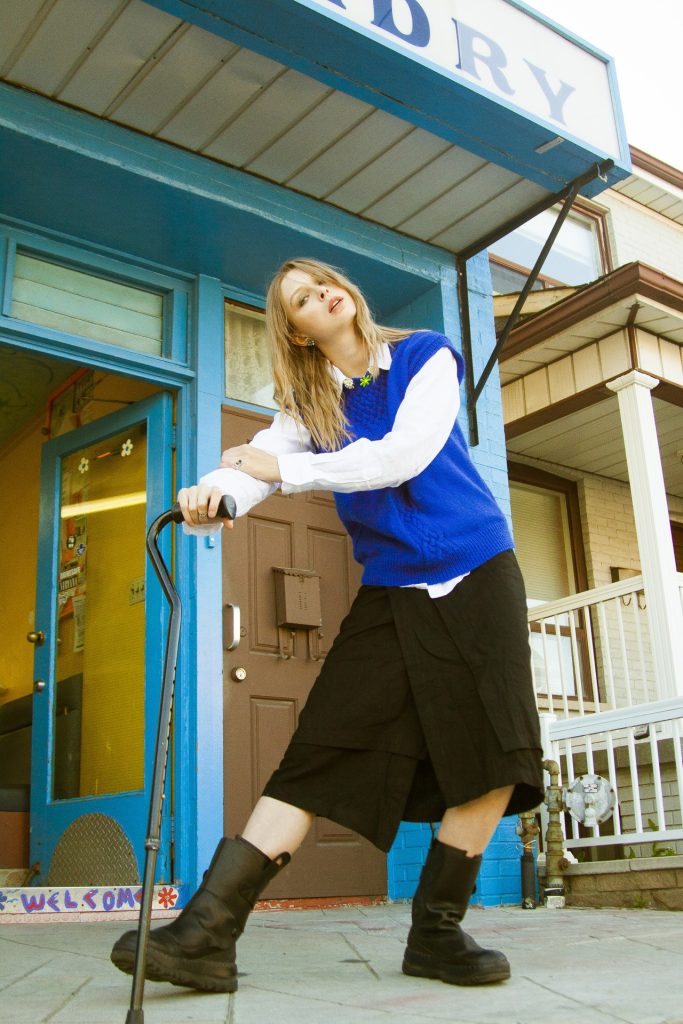
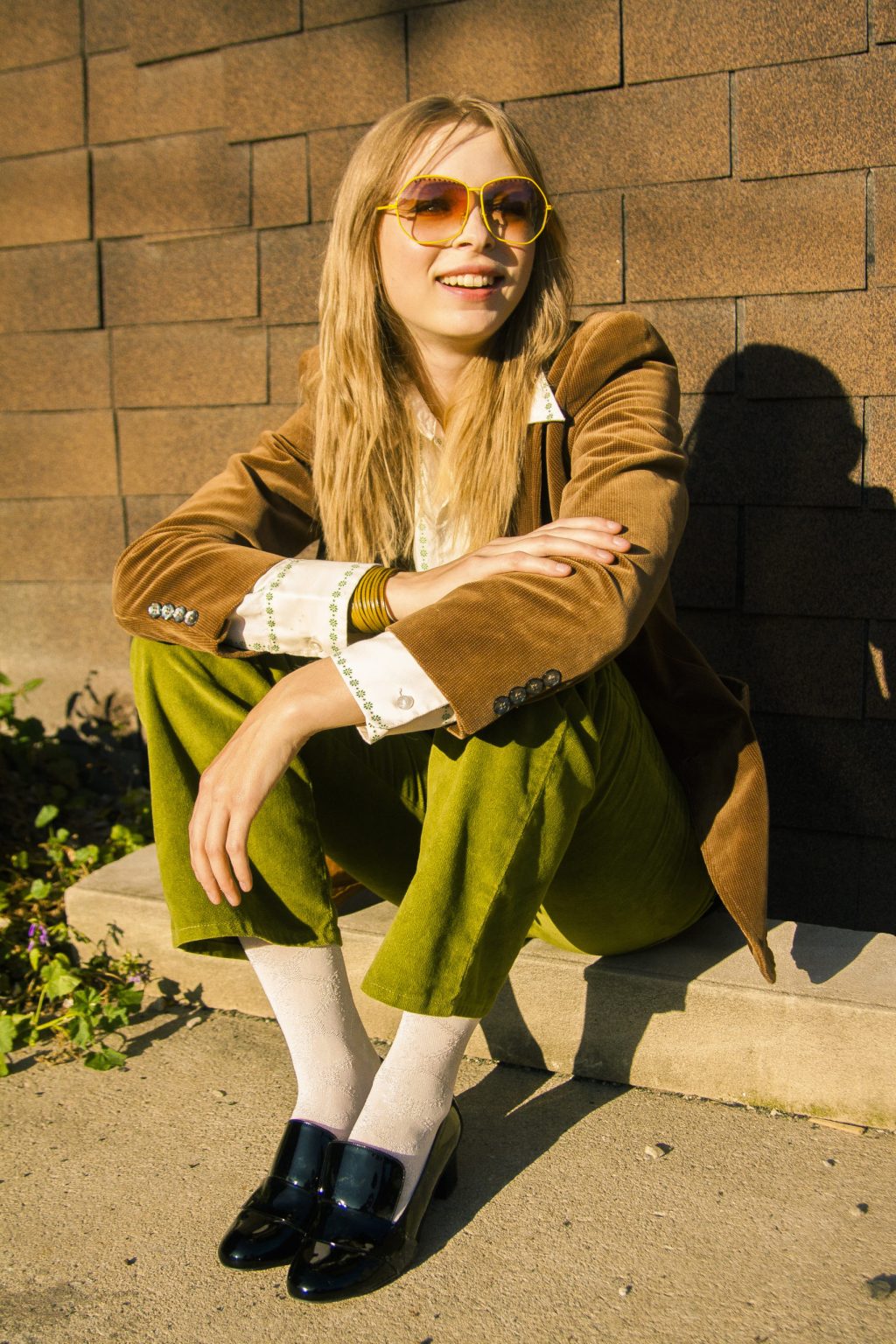
“Beauty goes beyond the norms we’ve all internalized based on what we’ve been shown for most of our lives. It is important to include disabled people in fashion and beauty because there is beauty in everyone, and everyone deserves to feel beautiful.”
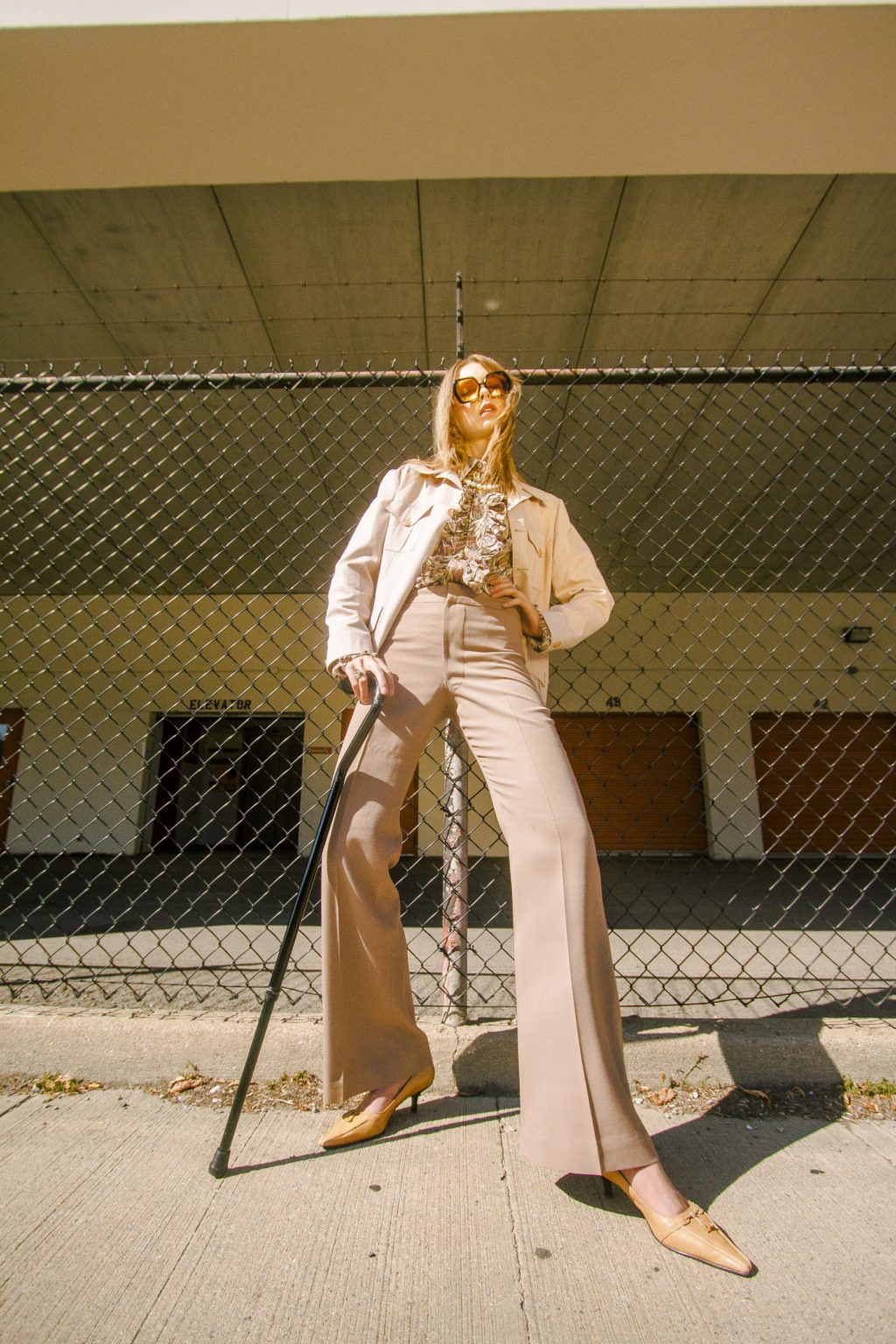
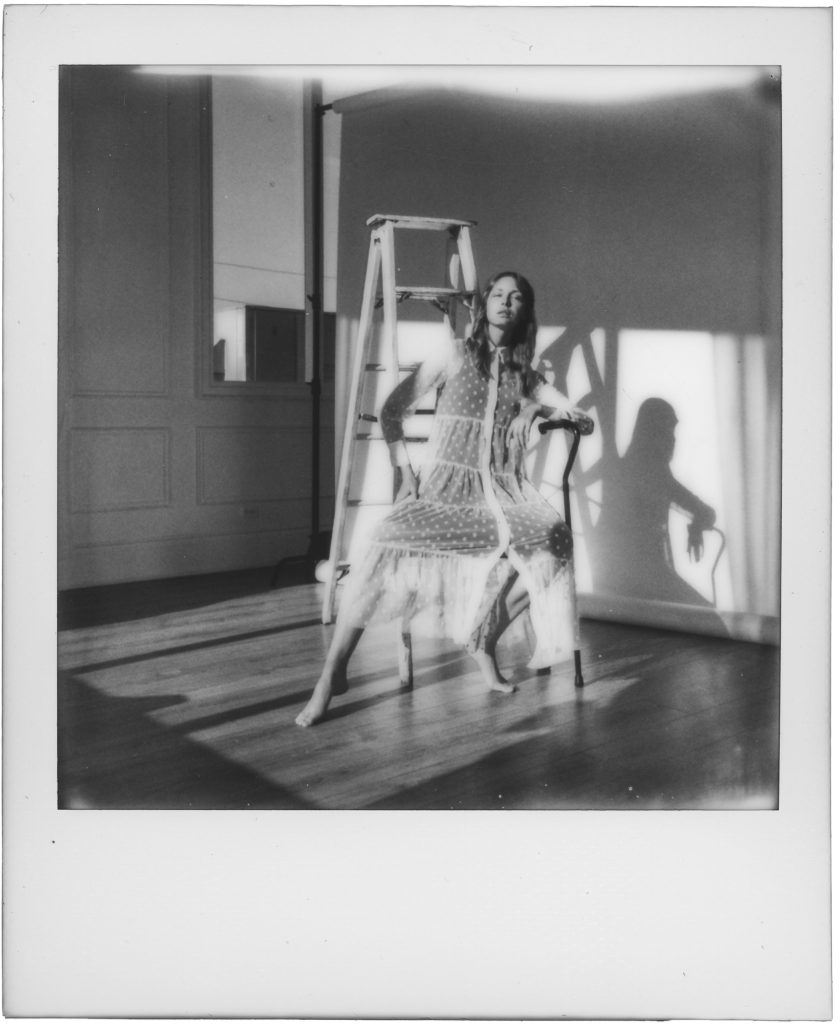
Your insights on how the fashion industry should approach moving forward?
The changes I’ve witnessed– which I am privileged to be a part of– have been meaningful, and I’m excited to watch that continue to grow. I went from not feeling entirely- welcomed in the industry to feeling like I have a home in it now.
What inspires you to move forward?
I move forward because I have to–I am in charge of my future, and I’m the only one who can make sure I’m doing all I can to fortify it.
What inspires you to move forward as a Fashion Model?
To see how the changes and visibility– I’ve been lucky to be a part of–has impacted others with disabilities has been significant. Whenever I get a message from someone with a disability, it means the absolute world to me. ∎
Photography Nilly | Stylist Tashi Gurmey | Makeup Maira Candela
Black and White POLAROIDS Photography Ezekiel Inocencio












